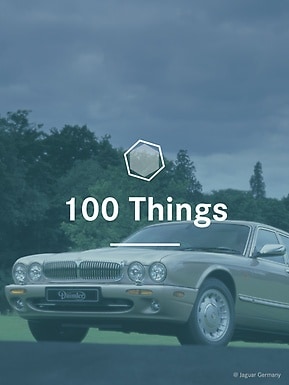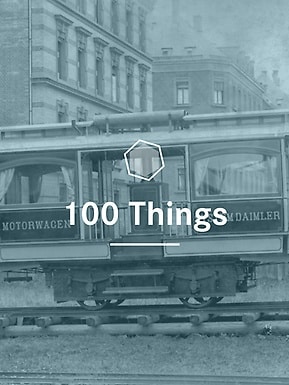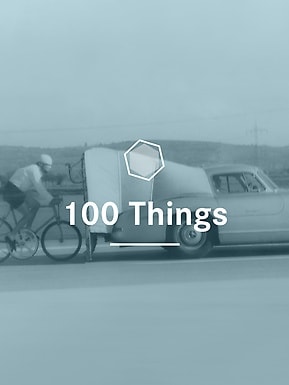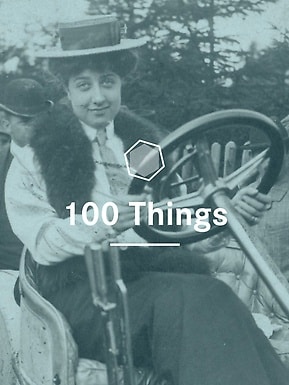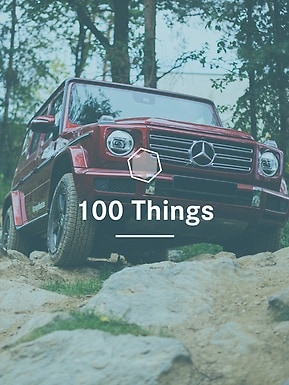Admittedly, it’s been quite a while since the last time a Mercedes-Benz plant made a product that bore the emblem of Bayerische Motoren-Werke on its hood. Somewhat over 80 years to be exact. In the mid-1930s, the plant in Sindelfingen manufactured bodies for the Bavarian competitor. This production deal was arranged by Wilhelm Kissel, the first CEO of Daimler-Benz AG, which had been created as a result of a merger in 1926. The young public limited company from southwestern Germany had close contacts to Munich almost from the very first, because Franz Josef Popp, the CEO of BMW, joined the supervisory board of Daimler-Benz in June 1926. Moreover, Daimler-Benz CEO Kissel became a member of the supervisory board of BMW AG in March 1932. Some sources even claim that the long-term aim of these dual responsibilities was the merger of the two big automotive companies from southern Germany.
100 Things You Should Know About Mercedes-Benz | #28

Mercedes-Benz used to make BMWs.
Healthy competition is good for business, also for the car manufacturers from the south. However, very few people know that the blue and white emblem was once emblazoned on Swabian bonnets.
2 min reading time




As everyone knows, these daring plans came to naught. Nevertheless, the two companies’ close cooperation did have an impact. According to documents, 22,197 BMW bodies were made in Sindelfingen between 1932 and 1937. Among other things, the plant produced all of the standard bodies for the BMW 3/20 PS, which were then “married” with the engine and transmission at the BMW plant in Eisenach. In case you’re worrying, BMW greatly praised the work of the colleagues from Daimler-Benz. In the 1932 advertising brochure for the 3/20 PS, point five of the “outstanding characteristics of the new car from BMW” states: “Original Mercedes-Benz body of consummate quality and beauty.”
Despite is consummate quality and beauty, only 7,215 units of this small car were built. It’s therefore no wonder that the few drivable examples that exist today sell for five-digit sums. In exchange, classic car lovers get a “record achievement of design progress, quality, reliability, beauty, and efficiency” (another quote from the historical advertising brochure). Moreover, the vehicle’s 15-kilowatt four-cylinder engine enables it to attain a maximum speed of 80 kilometers per hour. As a result, the BMW 3/20 PS is still an ideal car for taking a historic tour from the Daimler corporate headquarters in Stuttgart to the seat of BMW in Munich, because you generally can’t travel much faster on the congested A8 highway that connects the two cities.
In this column we present interesting, odd or generally unknown facts from the world of Mercedes-Benz.



